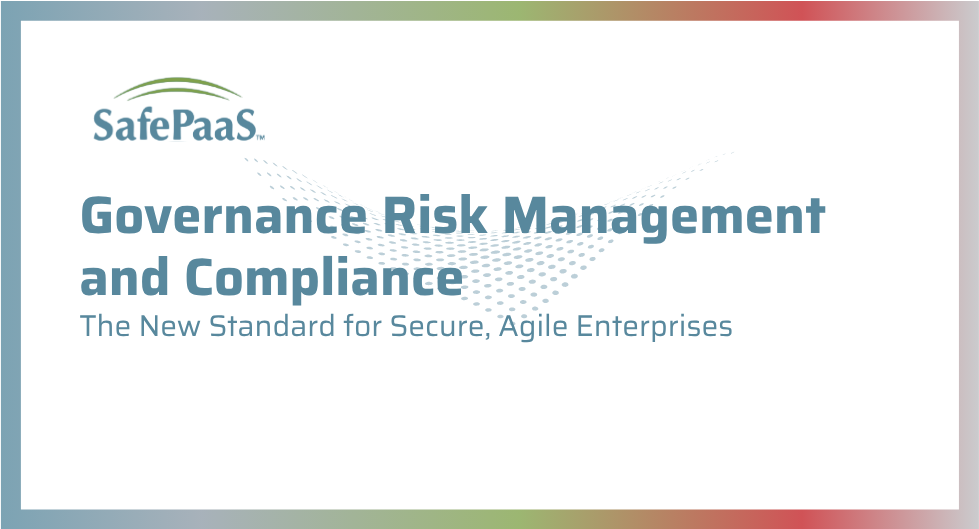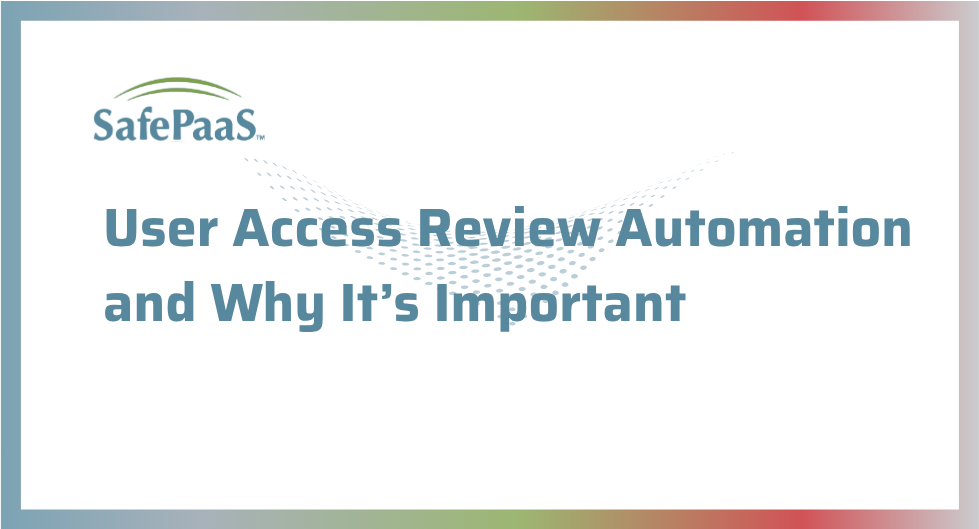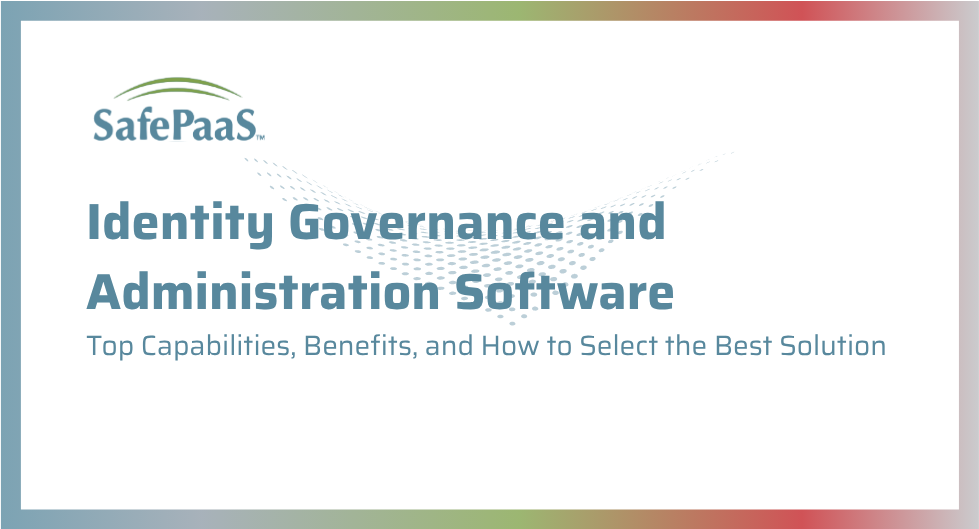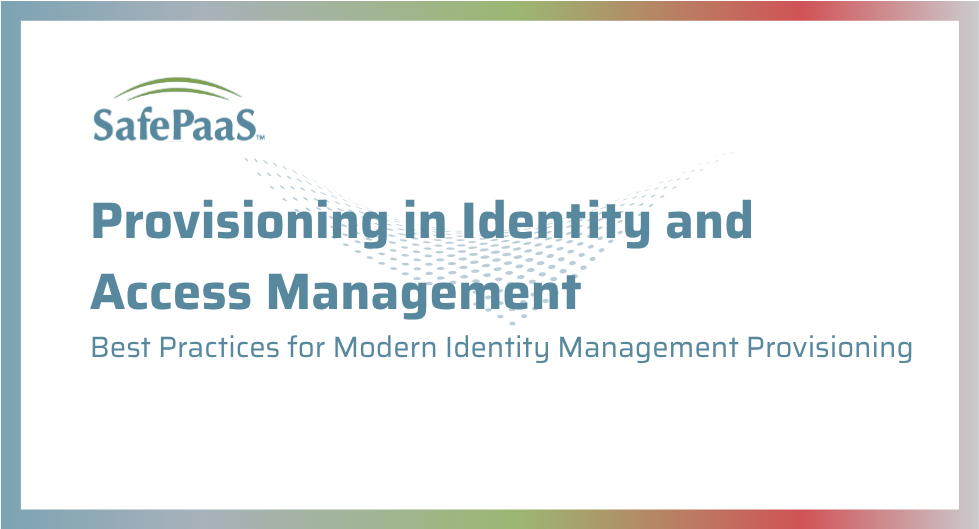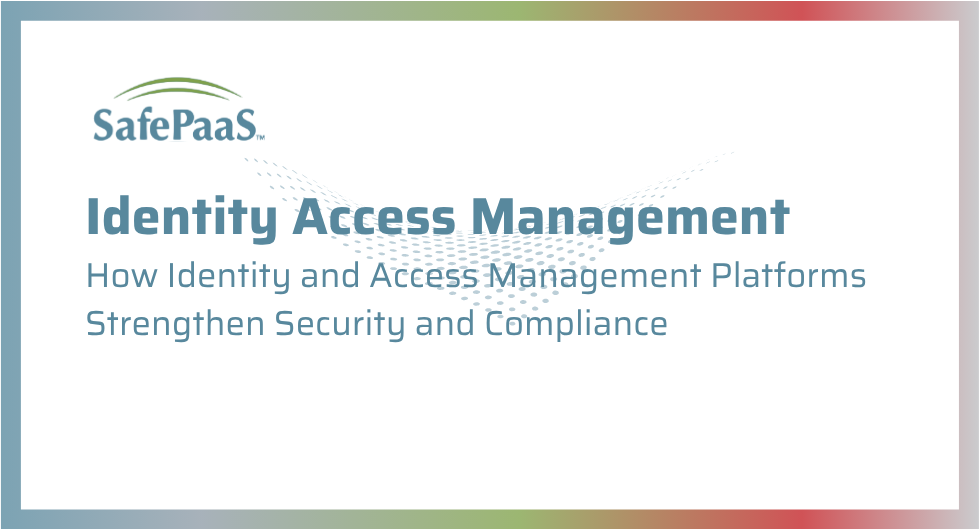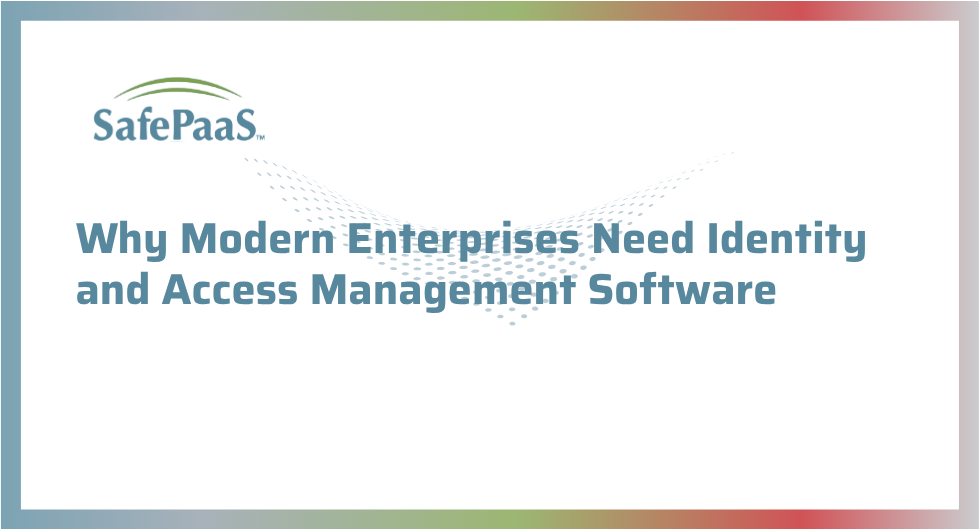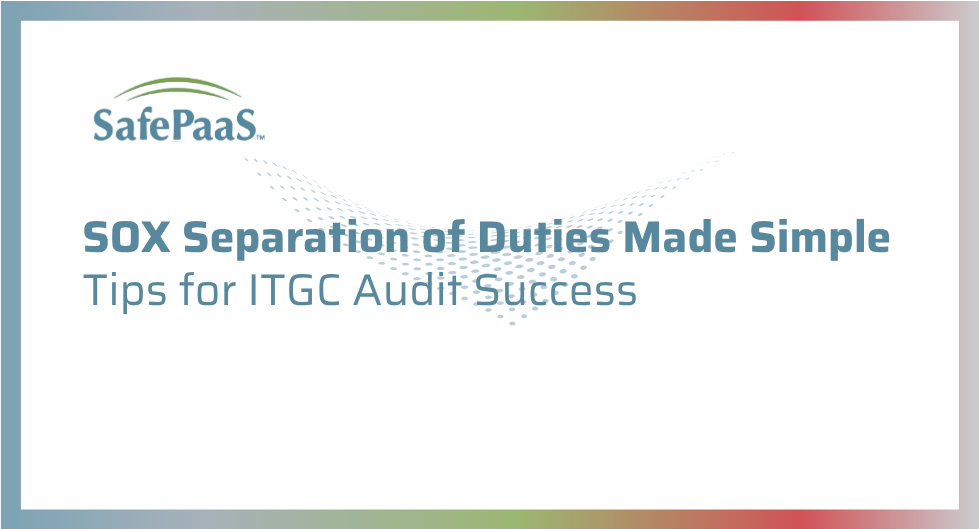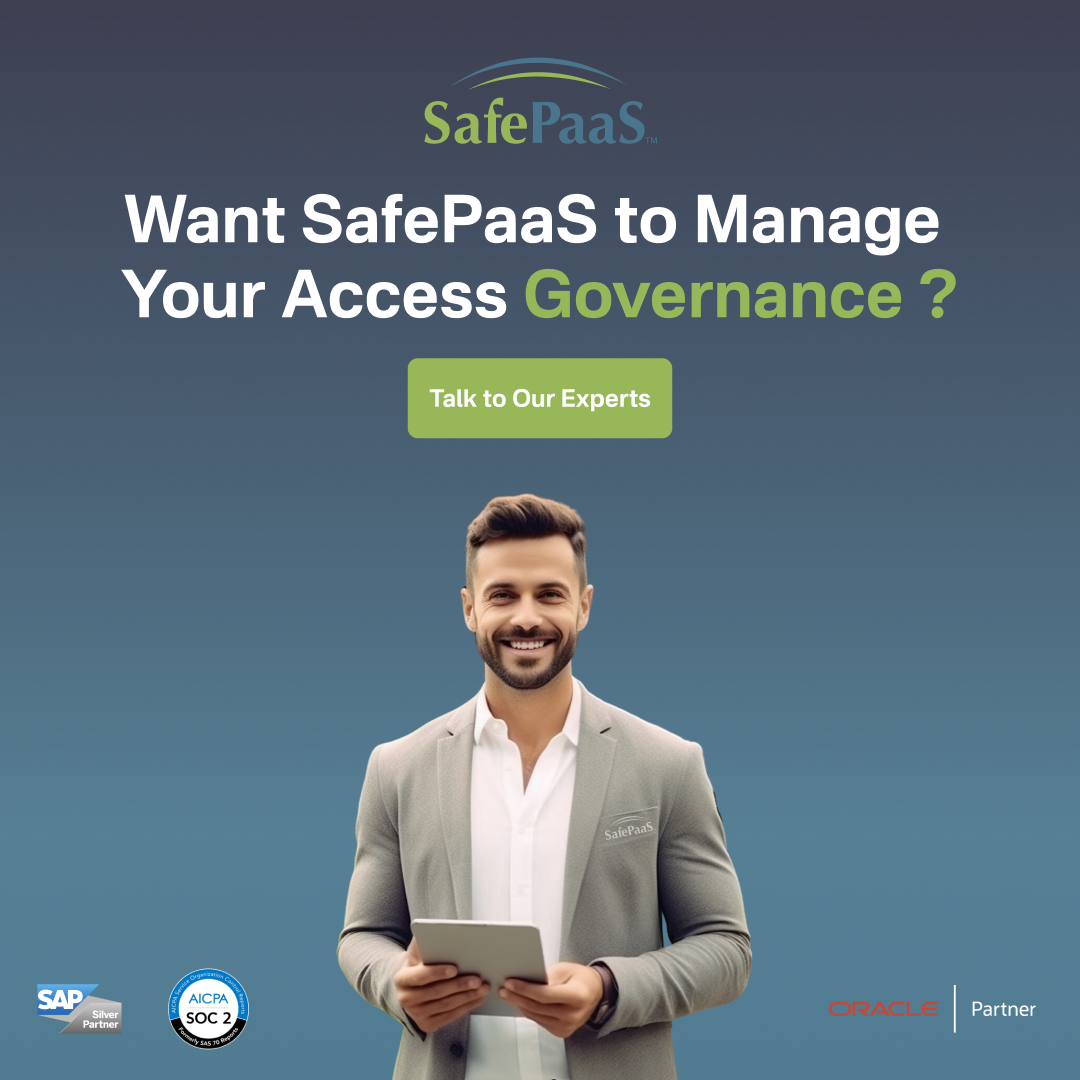Surviving a compliance audit isn’t the same as being truly secure. Modern enterprises know regulatory frameworks are just the floor. Real resilience requires a unified, proactive strategy—one that treats governance risk management and compliance (GRC) as a driver of business agility and trust, not as a one-off event. With threats evolving, digital boundaries dissolving, and regulatory demands mounting, organizations need solutions that go beyond tactical fixes.
Instead of piling on manual processes or hoping siloed point tools will “connect the dots,” smart teams pursue end-to-end governance, risk, and compliance automation—enabling visibility, accountability, and agility at scale.
Why Governance Risk Management and Compliance Matter More Than Ever
Business leaders agree: unchecked risks create costly surprises; fragmented compliance slows innovation. GRC frameworks embed robust controls and risk insights into daily operations, giving leaders the power to anticipate, prioritize, and act—before risks escalate.
Key components of GRC success include:
- Centralized oversight of access, transactions, and exceptions.
- Business-aligned policy management, so decisions are informed by operational realities—not just checklists.
- Real-time dashboards that transform risk and compliance reporting from afterthought to boardroom asset.
Today’s competitive landscape demands this shift. Rapid acquisitions, cloud expansion, and third-party integrations all increase risk exposure. Only a dynamic GRC approach lets organizations capitalize on opportunities without losing sight of obligations or vulnerabilities.
From Checklists to Continuous, Proactive Governance
Traditional compliance is backward-looking—verifying what happened last quarter. Forward-thinking security teams are flipping the script. Instead of relying on after-the-fact evidence, they harness automation to detect missteps as they occur and enforce corrective actions in real time. Here’s the difference strong GRC makes:
- Continuous monitoring: Audit readiness becomes a living process, not a scramble at quarter’s end.
- Prioritized response: Risks get assessed and ranked in the context of their impact, ensuring resources target what matters.
- Integrated controls: Compliance with frameworks like SOX or GDPR is a core feature, not an overlay.
This approach does more than satisfy auditors. It streamlines cloud adoption, reduces breach risk, and strengthens stakeholder confidence.
Identity: The Core of Effective GRC
Identity is at the heart of both risk and compliance but often receives less attention than it deserves. Unchecked access rights, unmonitored onboarding or terminations, and legacy account sprawl—all create friction for users and opportunities for attackers. That’s where embedded identity and access management software becomes a GRC accelerator.
Business impacts of integrating identity into GRC:
- Every access right is mapped to policy and business need.
- Privilege creep and orphaned accounts are eliminated with policy-driven rule engines.
- User activity is visible, reportable, and tied directly to compliance obligations.
When governance extends from the boardroom down to individual entitlements, organizations get more than technical controls—they gain ongoing proof that risk is controlled and regulatory mandates are continuously met.
Privileged Access: Closing the High-Risk Gap
Some users and accounts have access that can change business-critical systems, sensitive data, or financial records. These privileged identities are highly valuable for both business operations and malicious actors.
Failing to govern privileged access invites threats ranging from internal fraud to catastrophic data leaks. By aligning privileged identity management software under the GRC umbrella, enterprises:
- Automate the detection of risky permissions or unusual privilege escalations.
- Instantly enforce segregation of duties and least-privilege policies.
- Ensure every privileged account is tied to a traceable identity, with transparent usage logs.
- Seamlessly support audit risk and compliance requirements across regulated industries.
Effective governance doesn’t just assign responsibility; it constantly tests whether controls hold up under real-world changes, system migrations, or evolving business demands.
Optimizing Audit, Risk, and Compliance: Automation as a Force Multiplier
Audit fatigue plagues growing security teams. Weeks lost to pulling records, aligning spreadsheets, or scrubbing outdated evidence is more than a headache—it distracts from real risk mitigation. Automation can revolutionize this process and support true audit risk and compliance synergy:
- Collects evidence automatically as activities occur, not in retrospective sprints.
- Delivers dynamic dashboards and drill-down analytics, ready for auditors at any moment.
- Ensures access certifications and control attestations are ongoing, not annual chores.
- Ties evidence directly to policy and risk—for example, showing not just who accessed data, but why and under what authority.
Automation transforms the audit process from a bottleneck into a seamless business function.
Transformational Outcomes: The Business Value of Unified GRC
It’s not just about passing audits. When governance, risk, and compliance are orchestrated seamlessly:
- Security posture improves: Threats are identified and neutralized faster, with accountability at every layer.
- Compliance costs drop: Automation slashes manual work and reduces stress for both IT and audit teams.
- Business agility increases: Launch new applications, acquire companies, or integrate partners with prebuilt controls.
- Trust grows: Customers, partners, and regulators gain confidence in your ethical, cyber-resilient operations.
GRC isn’t a checkbox—it’s a business enabler, positioning organizations to thrive amid regulatory complexity and technological acceleration.
Governance Risk Management and Compliance as a Strategic Imperative
The future belongs to enterprises that make governance risk management and compliance the bedrock of their strategy. It’s about security, not just compliance—a mindset built into every process, access right, and decision. By leveraging automation, integrating identity at every level, and aligning privileged access to rigorous controls, you unlock resilience, agility, and strategic advantage.
For organizations ready to take risk from liability to opportunity and transform compliance from a cost center to a driver of trust, a unified GRC approach isn’t optional—it’s essential.
Curious how this all comes together in practice? Effective solutions tie together identity, privilege, and compliance for actionable risk insights. Explore how a modern platform seamlessly integrates identity and access management software, privileged identity management software, and dynamic audit risk and compliance controls—empowering today’s leaders to secure tomorrow’s business.
